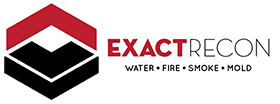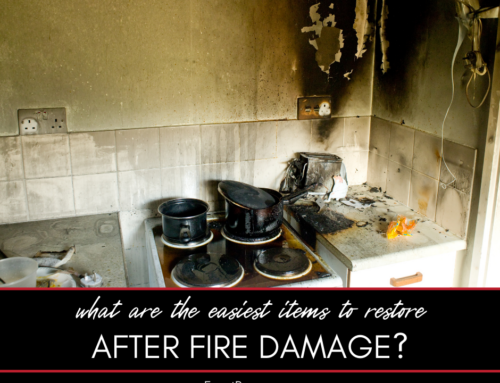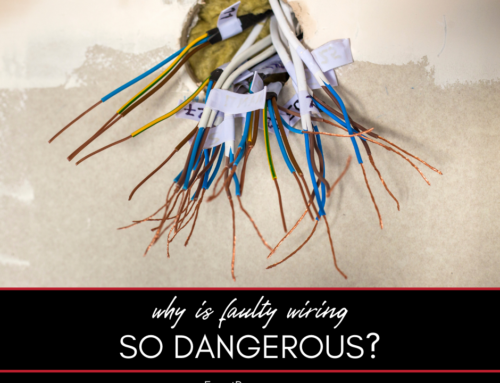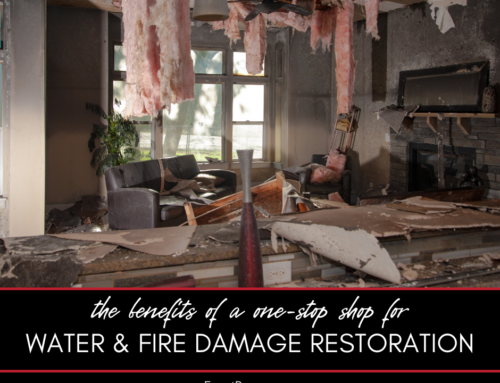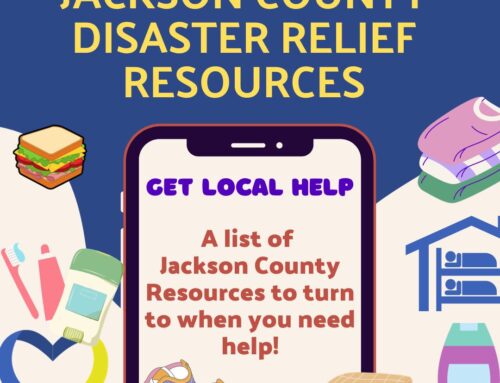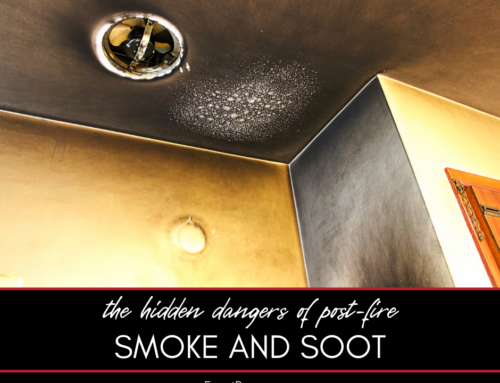Fire damage in a home is not just a structural problem but also an emotional ordeal. Understanding the recovery process is crucial for homeowners to navigate this challenging time effectively.
Fire Damage Recovery: Steps to Restore Your Home Safely
This guide explains the following:
- Immediate steps after a fire
- Assessing fire and smoke damage
- Dealing with water and chemicals used in firefighting
- Selecting a fire damage restoration service
- The restoration process
- Preventive measures to avoid future fires
Here’s a closer look at each.
Immediate Steps After a Fire
Safety is the priority. Once it’s safe to re-enter, salvage what you can and document the damage for insurance purposes. Avoid cleaning or repairing anything until professionals have assessed the situation.
Related: Disaster remediation information
Assessing Fire and Smoke Damage
Fire damage assessment involves examining the extent of the damage caused by the fire, including areas affected by smoke and soot. This step is essential for planning the restoration process.
Dealing with Water and Chemicals Used in Firefighting
Often, fires lead to secondary damage from water and chemicals used in firefighting. Addressing this involves drying and cleaning the affected areas to prevent further issues like mold growth.
Selecting a Fire Damage Restoration Service
Choose a reputable fire damage restoration service with experience and positive reviews. Ensure they follow safety protocols and have a thorough approach to restoration.
Related: Know the signs of hidden water damage
The Restoration Process
The restoration process includes cleaning up debris, repairing structural damage, removing soot and smoke residue, and addressing water or chemical damage. The goal is to return your home to its pre-fire condition.
Preventive Measures to Avoid Future Fires
Implementing fire safety measures can significantly reduce the risk of future fires. This includes installing smoke detectors, regular electrical inspections, and safe practices in the home.
FAQ About Fire Damage Recovery
Check out these commonly asked questions about fire damage recovery. If you have more questions, please feel free to call us for help.
What Should I Do Immediately After a Fire?
Ensure everyone’s safety, contact your insurance company, and secure the property. Avoid entering the damaged area until professionals have declared it safe.
How Long Does the Fire Restoration Process Take?
The duration depends on the extent of the damage. A professional can provide a more accurate timeline after assessing your property.
Related: How to prepare your home for Michigan’s storm season
Can I Clean Fire and Smoke Damage Myself?
It’s advisable to have professionals handle fire and smoke damage, as they have the expertise and equipment to do it safely and effectively.
What Are the Risks of Water Damage After a Fire?
Water used in firefighting can lead to mold growth and structural damage if not addressed promptly.
Related: How to file insurance claims after a disaster
How Can I Prevent Fire in My Home?
Regular maintenance, cautious use of electrical devices, and adherence to fire safety guidelines can help prevent fires in your home.
Recovering from fire damage requires a structured approach, focusing on both immediate safety and long-term restoration. With the help of professionals and by taking preventive measures, you can restore your home safely and reduce the risk of future incidents. This challenging time can be navigated more smoothly with the right knowledge and support, ultimately leading to a safe and secure home environment.
Do You Need a Disaster Remediation Expert in Washtenaw County or Jackson County?
If your home has already been damaged, we can help. Check out our services and call 734-352-9183 for your free disaster remediation quote today. We offer:
- Water damage restoration
- Fire damage restoration
- Mold removal and remediation
- Fire and smoke restoration
- Sewer cleanup and disinfecting
- Reconstruction
- Wind and storm damage repair
